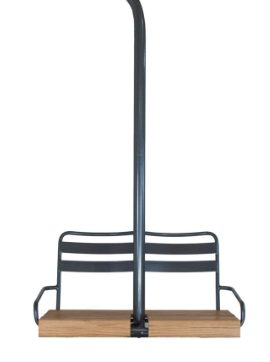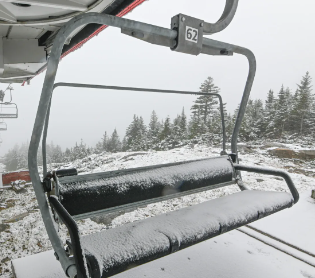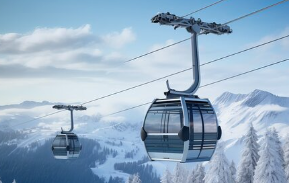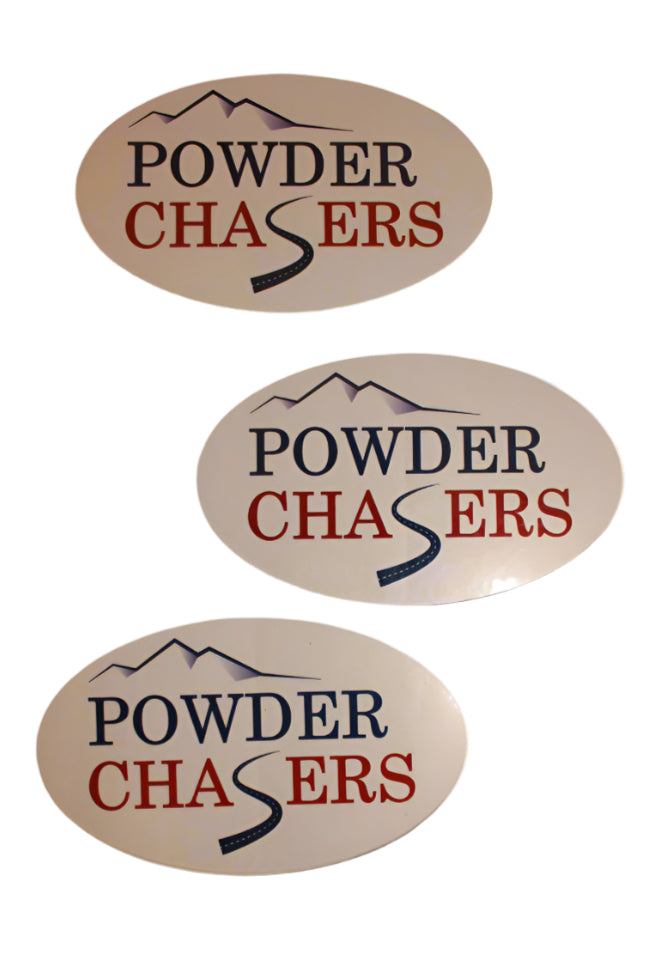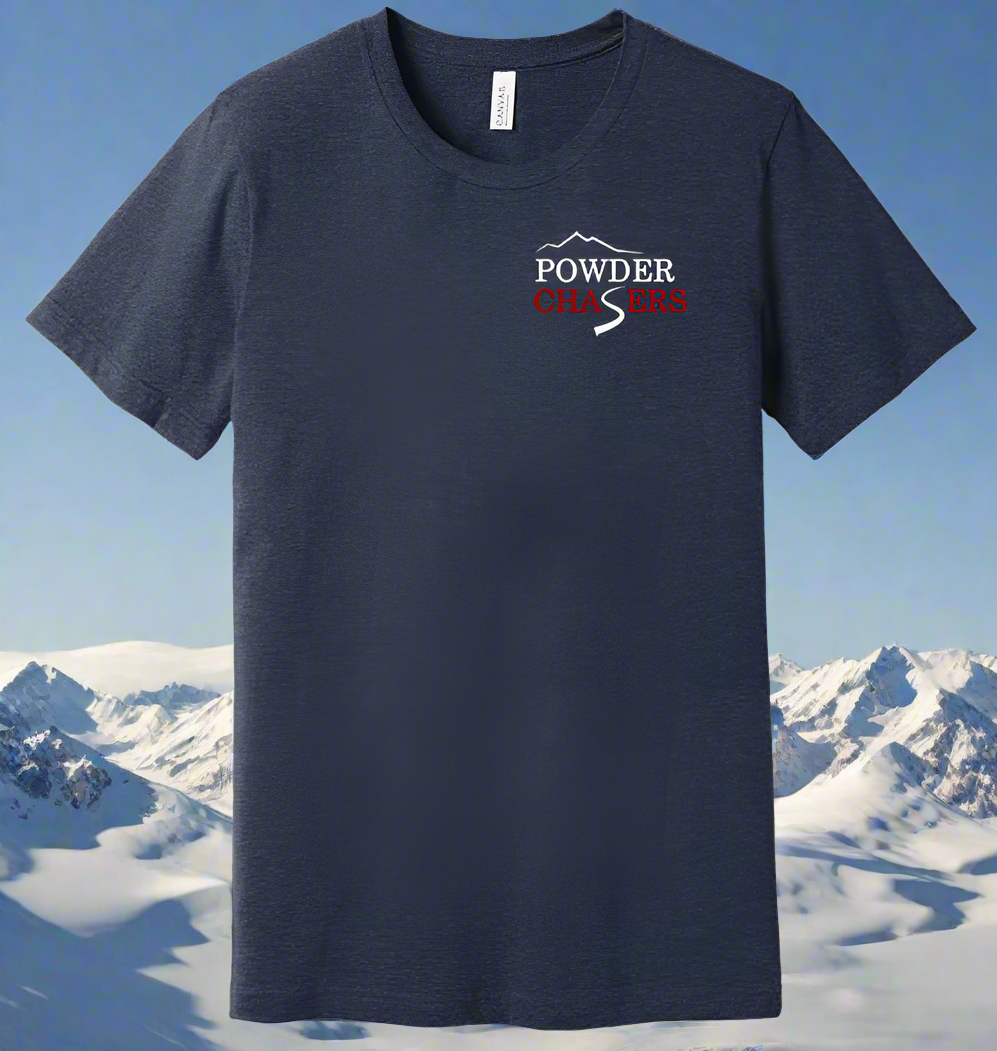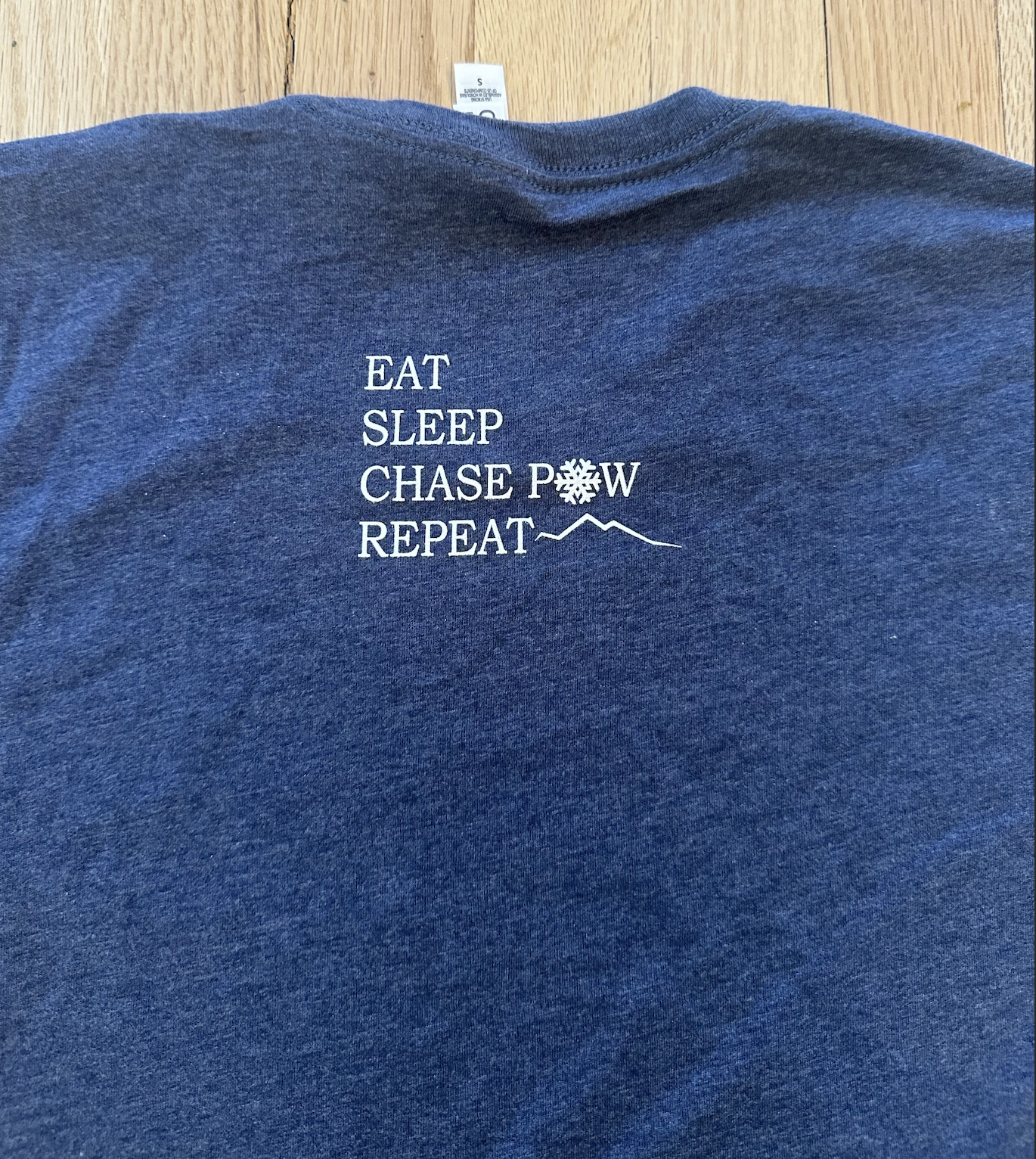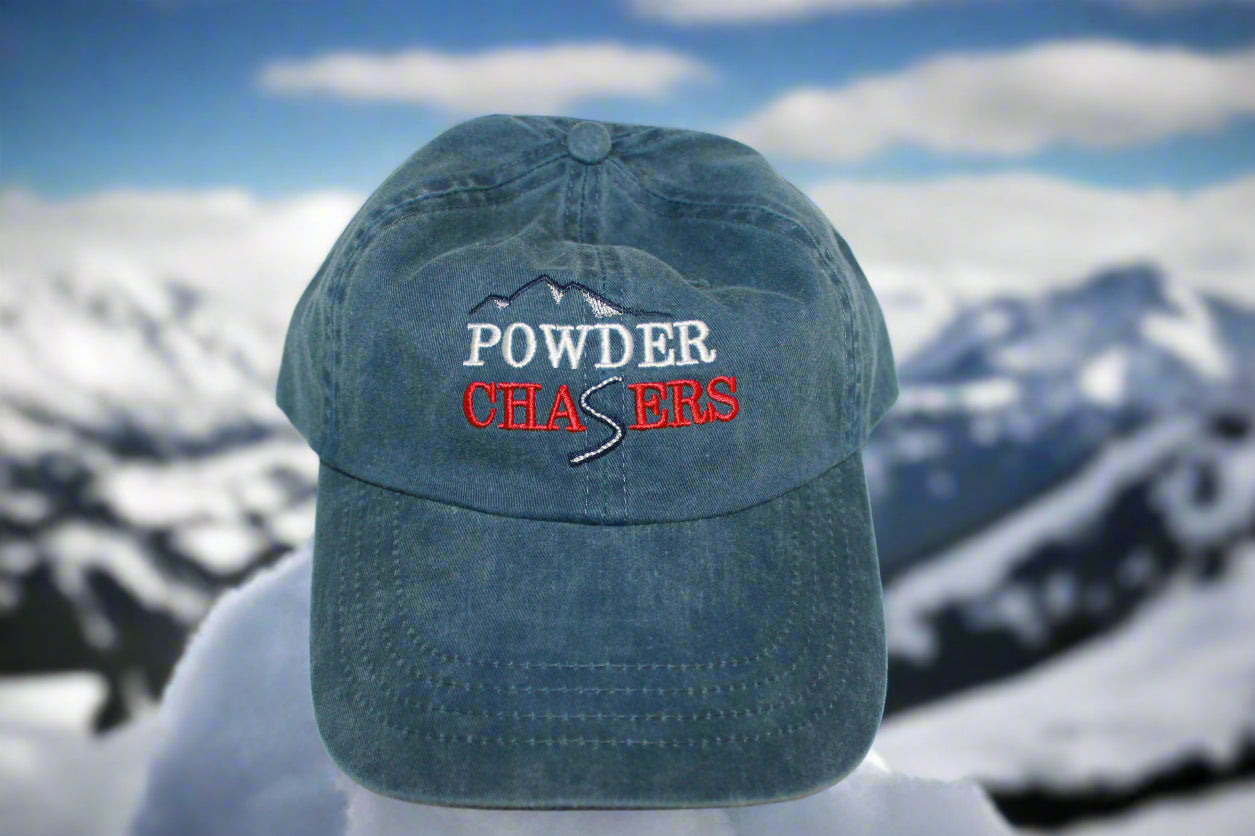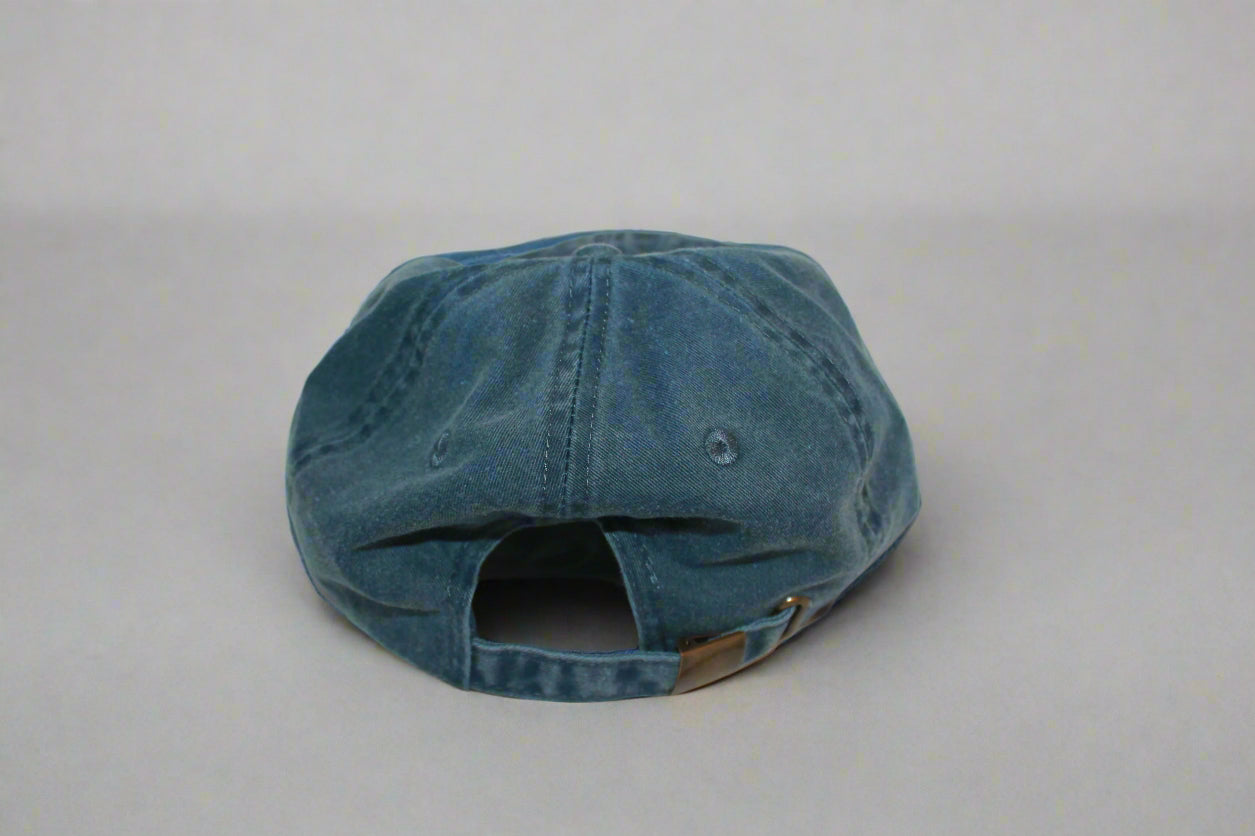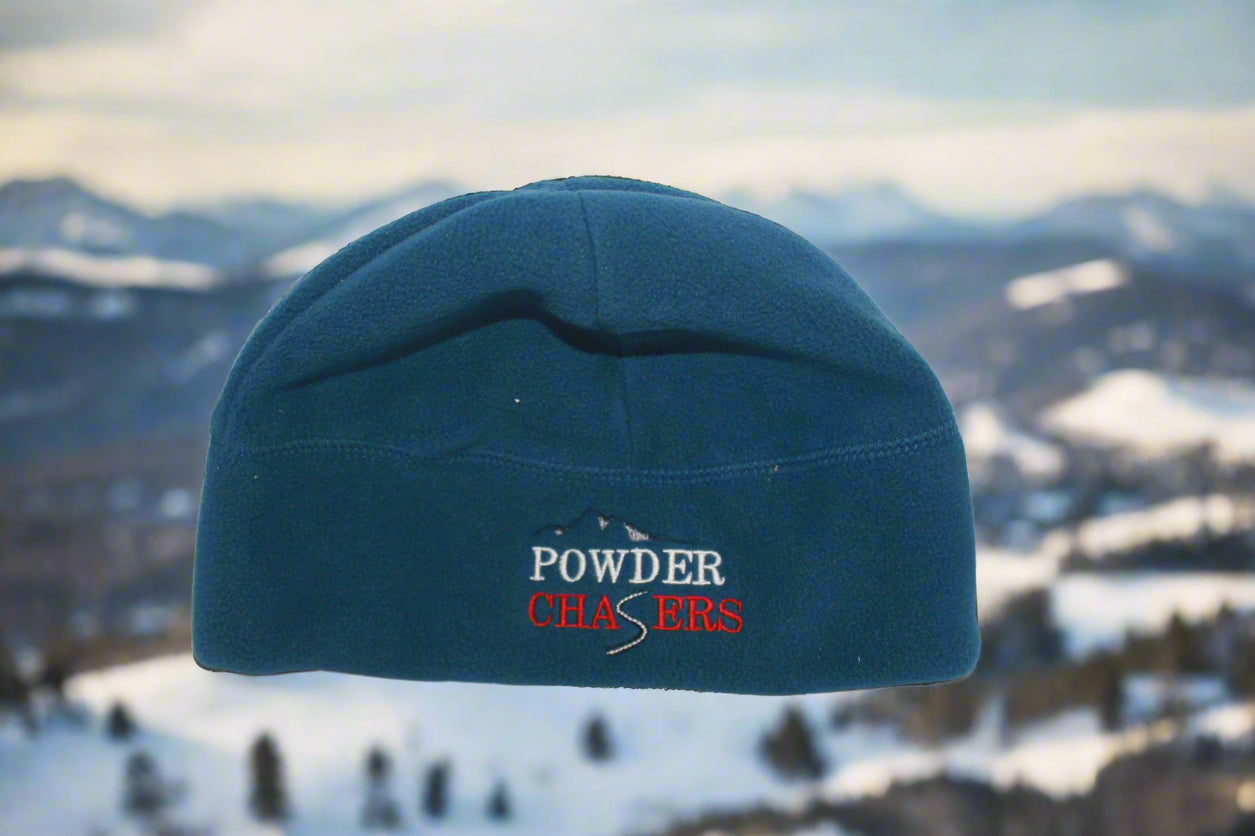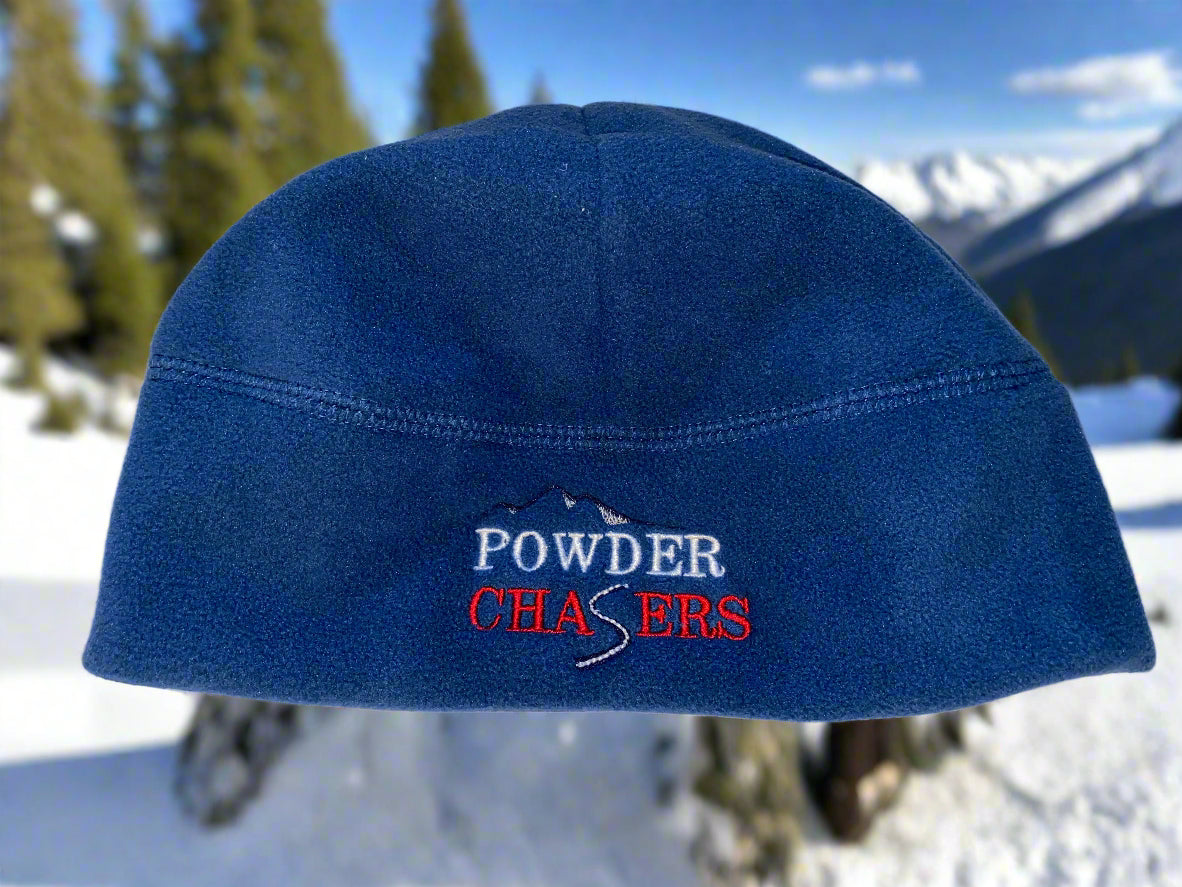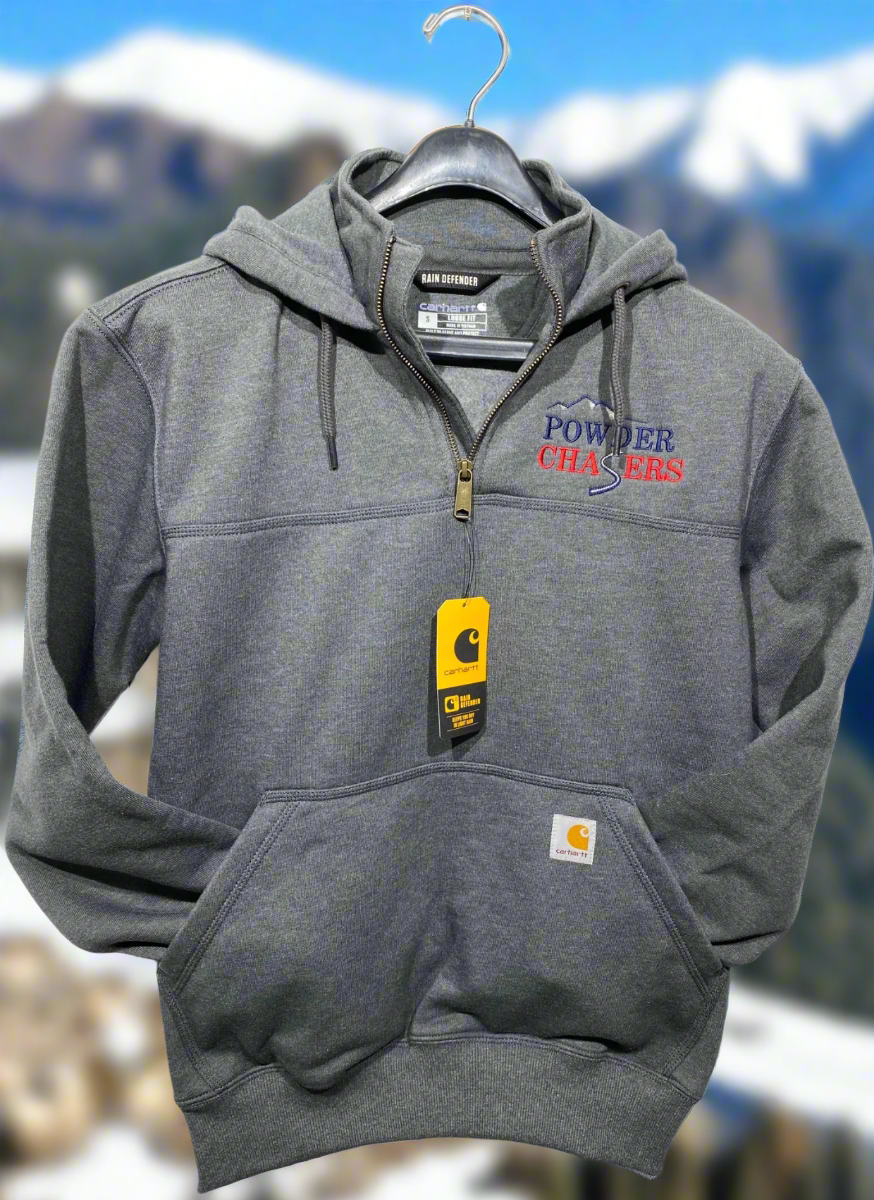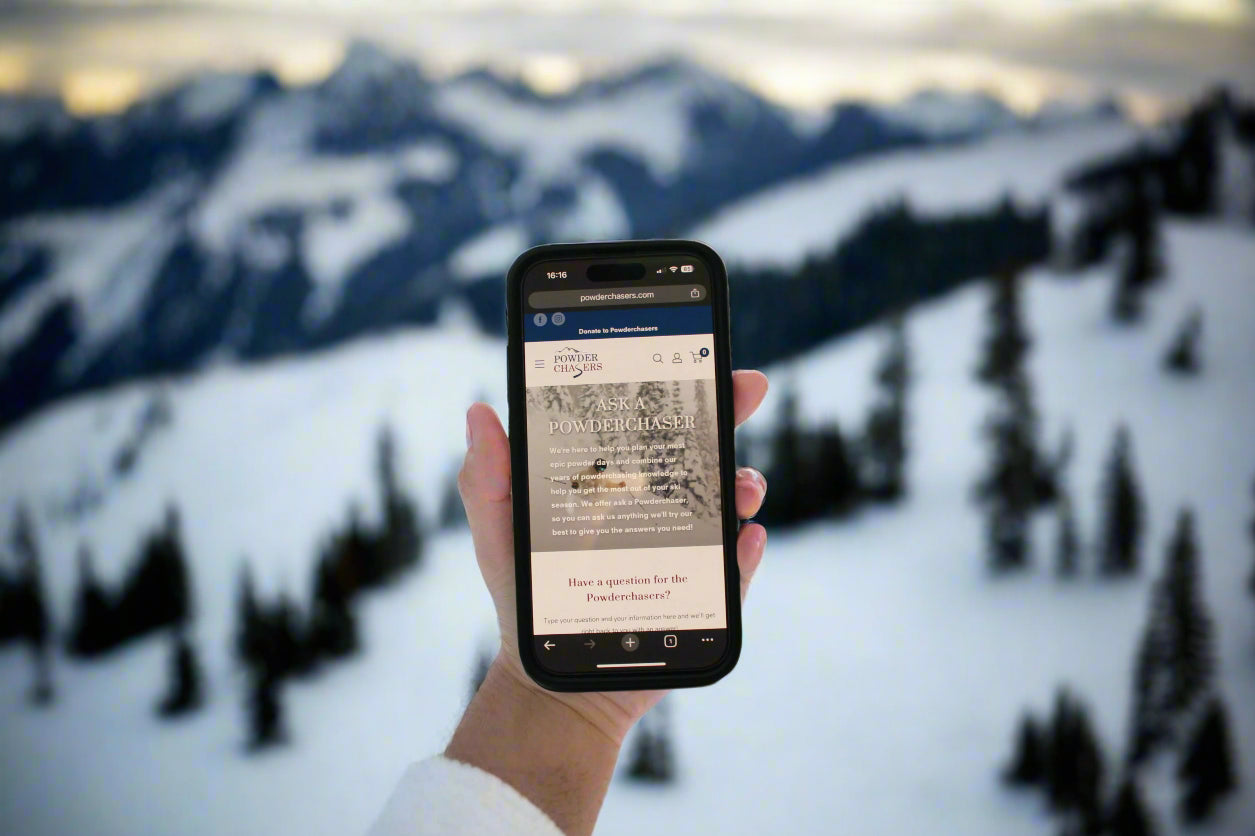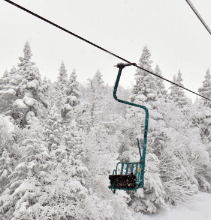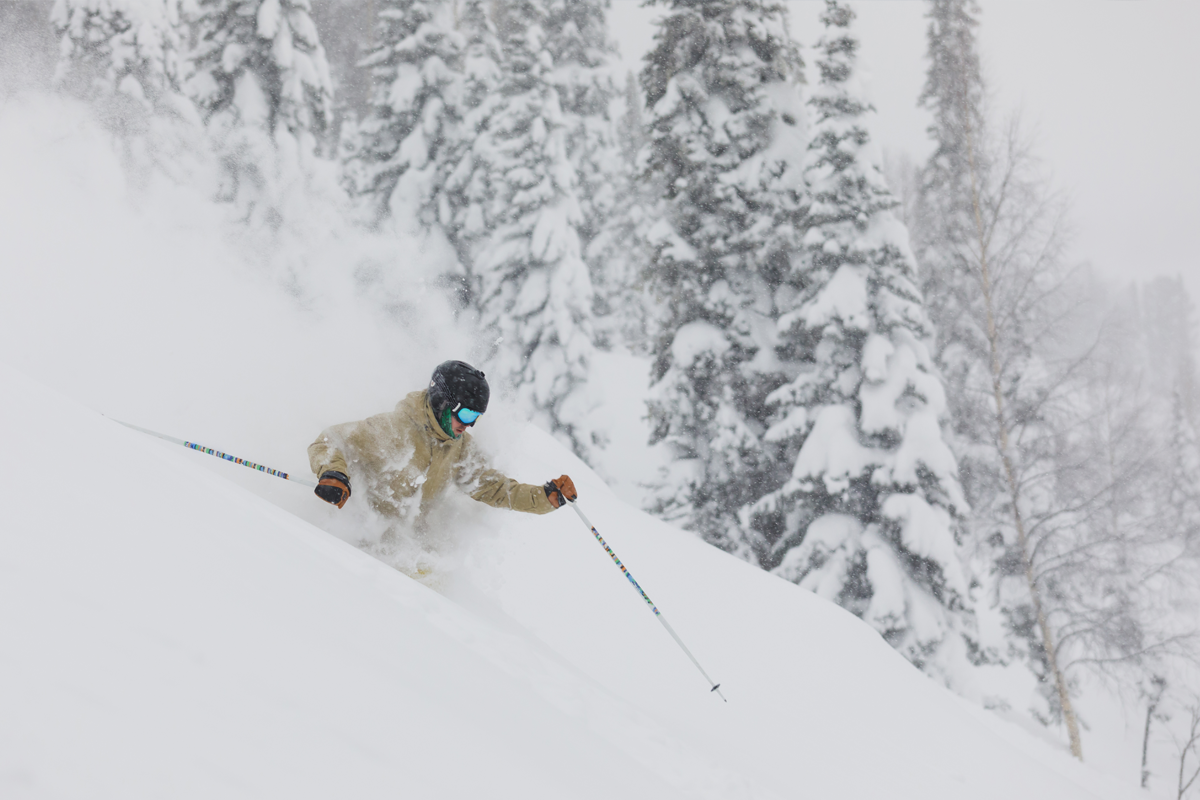10 days ago, if you lived in the Northwest, you may have asked yourself if old man winter was going to show up this year.
In the past 10 days Mount Baker went from a 13 inch base to approximately 65 inches at lower elevations, and 85 inches further up the mountain.
Whistler Ski area has seen 75 inches in 7 days. Amounts in the Interior of BC have been less in the past week (33 inches in 7 days at Revelstoke). They currently crush the Cascades in annual snowfall of 173 inches YTD with much higher early season moisture. Temperatures have been on the warm side in most of the Cascades during this last storm cycle creating significant work for patrols in mitigation, and the ability to open new terrain. Whistler has seen wind holds on lifts, weekend crowds, and limited terrain until recently. They bumped up from 23 trails to 106 in the past few days (Nearly 50%). At press time, much of the expert terrain especially off piste still remains closed. Avalanche mitigation understandably has delayed the opening of some areas. Additional snowfall this week will add to the snowpack considerably by the weekend.
Below: December 13th- All overnight POW at Whistler

On Tuesday, Mount Baker's general manager Duncan Howat said \"In my 50 years at the resort, I don't think I have ever seen it snow this hard\"
Current Snow bases. Caveat: Most of these resorts have all seen decent annual snowfall which in some cases does not correspond equally with settled mid mountain base depths.
1) Mount Baker WA 65 inches (92 inches in 7 days).
2) Grand Targhee WY 59 inches (130 YTD)
3) Lookout Pass ID 51 inches (36 inches in 7 days).
4) Alta Ski Area 46 inches (125 YTD)
5) Jackson Hole 42 inches (134 YTD)
6) Breckenridge 37 inches (138 inches YTD).
7) Mammoth Mountain 30-55 inches (Bast to Summit).
8) Jay Peak 26-44 inches (102 Inches YTD).
For comparison last season Mount Baker had a similar base depth for Mid December but had opened the resort in mid November (This years opening date was December 12th). Typical base depths for December range from 40-80 inches at Mt Baker. Last season was hit with deep early snowfall followed by several days of heavy rain, however 250 inches had fallen by the end of December 2017. This season started with little to no precipitation followed by significant snowfall. Temperatures have been running above average.
Below: Official snowpack as of 12/7/18 - (12-12 inch base as seen on the far right per the NWAC telemetry stake.

Below: Look what happened in an 8 day period from 12/9 to current (62 inches as of Monday morning).

This season has seen an overall good start for most ski areas in both the East and West. Predicted weak El Nino slightly favors the southern regions of the west that had a great start and then fizzled in the San Juans after November. The Sierra who was bone dry early this season nabbed 30-60 inches of relief a few weeks ago. The Tetons and areas of south/central Montana have seen steady early season storms. North/Central Colorado has also seen a very good start to the 2018/19 season. Now, the Pacific Northwest tries to catch up with snowfall totals in the 50-70% of average currently YTD. Jay Peak in northern Vermont has seen 102 inches of natural snowfall this season. That is higher than many western resorts have seen all season and only 23 inches shy of the 125 inches at Alta.
SNOWTEL data below provides us a snapshot of current YTD averages as measured with water content (SWE).
Below: Wyoming is slightly below average in the Jackson Valley (79%) and approaching normal further north towards Yellowstone or south towards Laramie.

Below: Washington State. Data from the far north near Mt Baker according to the National Weather Service is around 65-70% of normal. Areas in central Washington, or further south are only 50-60% of average. The image depicts the central and southern regions.

Below: Colorado sits above average along the I-70 corridor and north with below averages in the San Juans.

The significant issue in the Northwest for many ski areas has been avalanche mitigation due to strong winds and warming temperatures. Its like going from 0-75 in a Tesla in 5.5 seconds and not having time to look back. Powderchasers.com is forecasting another 10-20 inches for many resorts of Washington and Oregon through Wednesday morning. Most of this snowfall will be found above 4,000 feet (Mid to upper mountain in some cases). Significant snow will also be falling in the Idaho Panhandle where temperatures are slightly cooler on the northern side of the range. Avalanche danger will be rising due to this storm initially coming in cooler with a warm up towards Tuesday morning. The long term outlook for the Cascades is a cooling trend towards the weekend and an active pattern continuing into the following week. It's also likely to see an increase of snowfall for the Rockies as we approach XMAS week.
Below: Avalanche Warning Posted for Washington State.
BULLETIN-IMMEDIATE BROADCAST REQUESTED BACKCOUNTRY AVALANCHE WARNINGNORTHWEST AVALANCHE CENTER SEATTLE WASHINGTON RELAYED BY NATIONALWEATHER SERVICE SEATTLE WASHINGTON 600 PM PST SUN DEC 16 2018THE NORTHWEST AVALANCHE CENTER HAS ISSUED AN AVALANCHE WARNING...TIMING...IN EFFECT UNTIL 6 PM MONDAY DECEMBER 16.LOCATION...THE WEST SLOPES OF THE WASHINGTON CASCADES FROM THECANADIAN BORDER TO SKAGIT RIVER, INCLUDING MT BAKER.AVALANCHE DANGER...HIGH AVALANCHE DANGER WILL CONTINUE FOR THEWARNING MONDAY.REASON...CONTINUED LOADING FROM SNOW, RAIN AND WIND WILLCAUSE NATURAL AVALANCHES. AVALANCHES MAY BECOME VERY LARGE,DESTRUCTIVE AND UNSURVIVABLE.
Below: Forecast issued by NWS on Monday morning for the Cascades.
While both coasts have experienced good early season conditions (Winter officially starts this Friday), it appears that more snow is on the way for many areas during Xmas week. It's too far out to pinpoint accuracy. I am sharing some ensemble models for the period. Its possible that moisture from the Pacific Northwest drop further south into the Sierra early next week. The Sierra just nabbed 5-10 inches of snow last night. This pattern will also favor a good areas of the Rockies. Areas that saw dry weather this week, are likely to see an uptick in moisture in the extended forecast next week.
Below: Ensembles showing a trough entering the west in the December 22-25th timeframe and dropping south over the Sierra and Rockies. Some moisture may also be falling in New England.

Below: Ensembles continue a pattern of troughs throughout the west - December 27th

Powderchaser Steve - Owner and forecaster at Powderchasers.com




